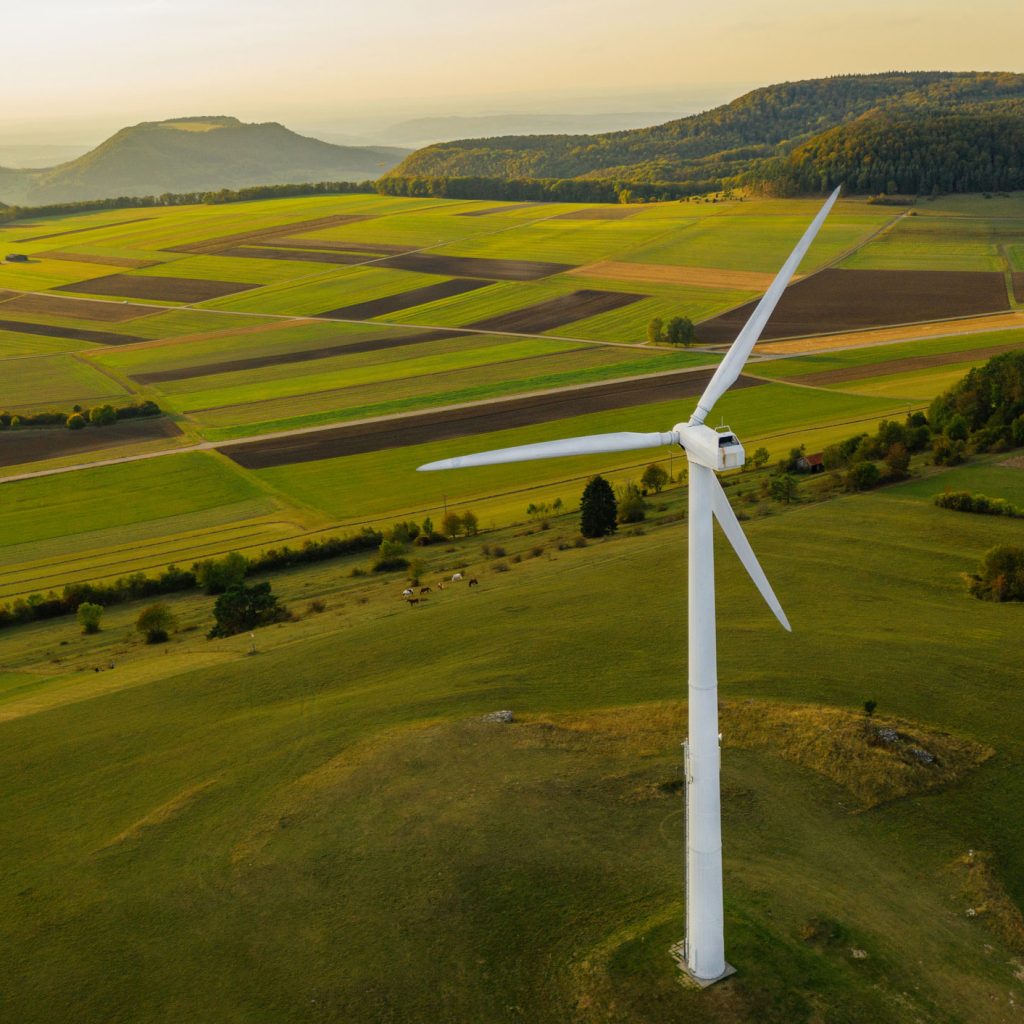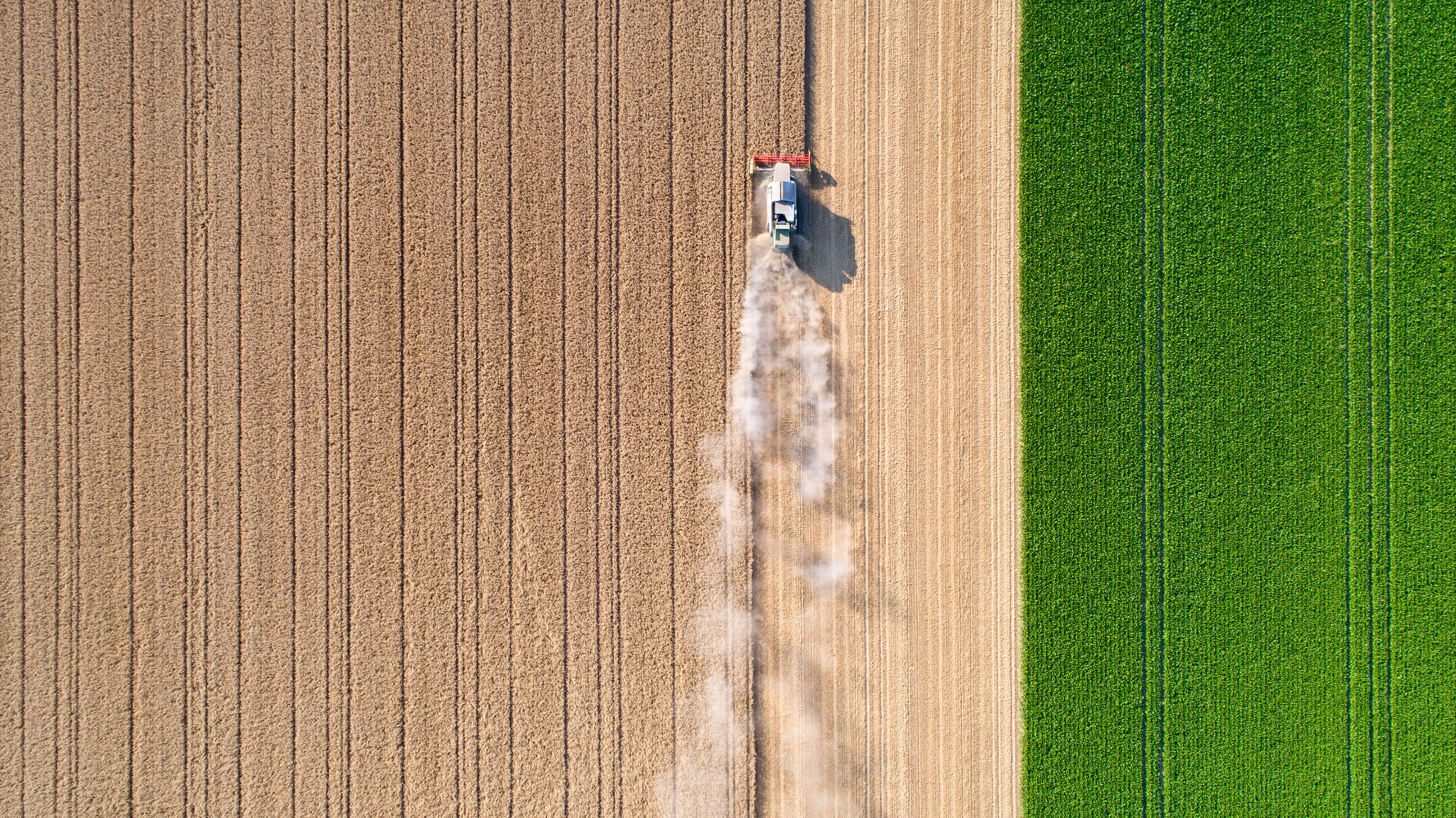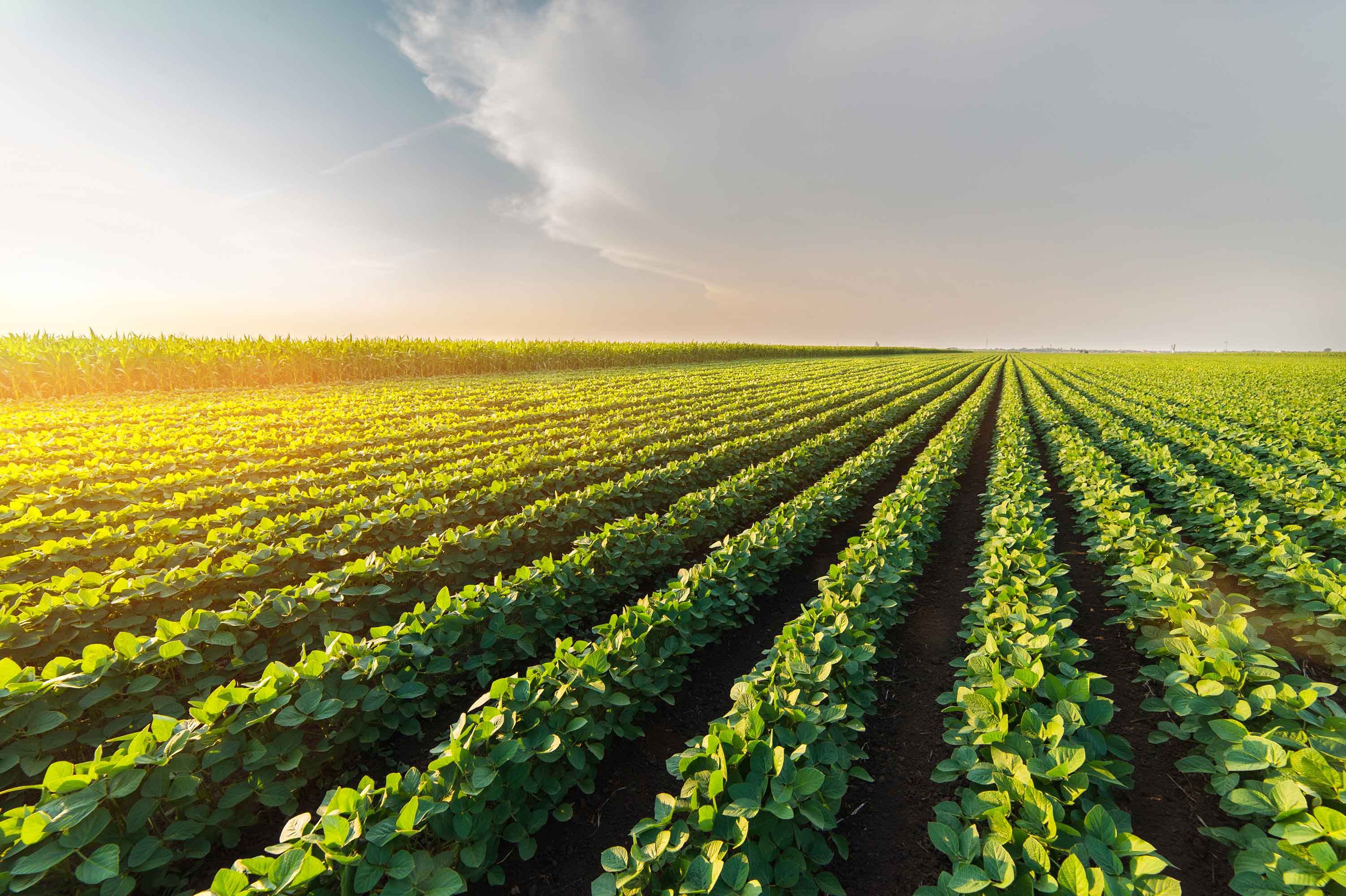Overview
Agriculture, particularly in the US, is an attractive long-term investment as the global population continues to grow. This growth leads to increasing demand for food products, while also decreasing the amount of farmland per capita.
With nearly 900 million acres of land corresponding to agricultural holdings, the US provides ample investment opportunities.
Historically, farmland has offered competitive returns (about 11% since 1991) according to NCREIF, while also having low correlations with traditional asset classes and high correlation with inflation, providing portfolio diversification and inflation hedging.
Farmland returns are composed of two major drives: income from operations and land value appreciation. Since 1997, average cropland asset values have risen from approximately $1,250/acre to $4,100/acre - a nearly 70% increase.







